In recent years, several countries have taken a stance against mass tourism due to various reasons such as environmental concerns, cultural preservation, and over-tourism. This article explores fourteen countries that have decided to limit or discourage tourist influx to protect their heritage and ecosystems.
Bhutan

Bhutan, a kingdom nestled in the Himalayas, has long prioritized Gross National Happiness over mass tourism. The country imposes a hefty daily fee on visitors to maintain its cultural integrity and environmental sustainability.
Explore its untouched landscapes and unique traditions without the typical tourist crowds. The government’s approach aims to prevent the negative impacts of over-tourism, ensuring that Bhutan remains a pristine sanctuary for future generations.
Did you know? Bhutan measures success not by GDP, but by the happiness and well-being of its people. It’s a philosophy that permeates every aspect of life here.
Venice, Italy
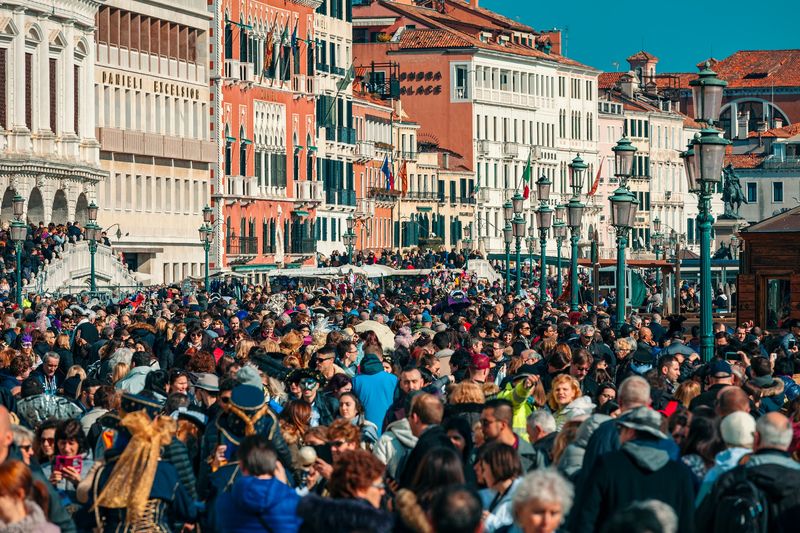
Venice, known for its enchanting canals and historic architecture, has struggled with overwhelming tourist numbers. In an effort to protect its fragile ecosystem and preserve its cultural heritage, the city has implemented measures to control tourist access.
From day-tripper fees to restrictions on new hotels, Venice is determined to balance tourism with the needs of its residents. The city hopes these efforts will ensure its beauty and charm endure for generations.
Venice’s history of resilience is as intricate as its network of canals, making it a fascinating destination even amid restrictions.
Amsterdam, Netherlands
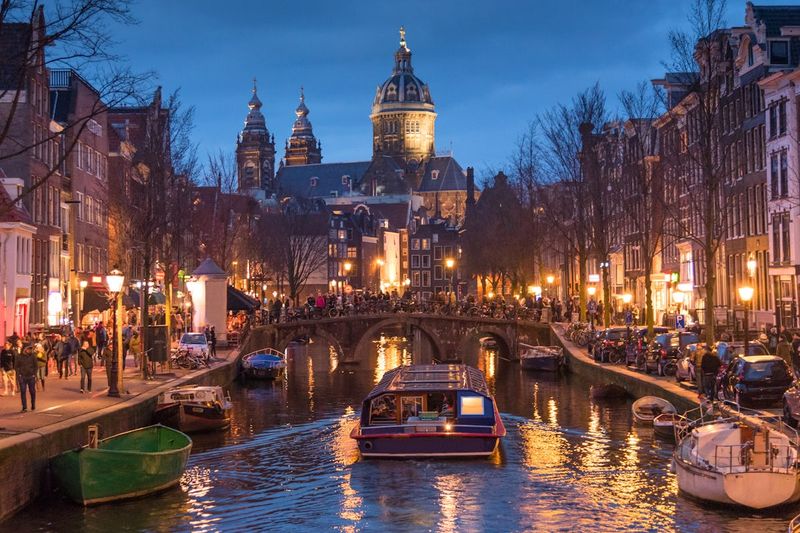
Amsterdam, famed for its vibrant culture and canals, has begun rethinking its approach to tourism. The city has launched campaigns urging visitors to respect local life and limit disruptive behaviors. Efforts include cracking down on rowdy nightlife and promoting lesser-known attractions.
These actions strive to create a harmonious environment where residents and tourists coexist peacefully. Amsterdam’s charm lies not just in its sights but in its welcoming vibe.
Fun fact: Amsterdam’s canals, a UNESCO World Heritage site, are home to over 2,500 houseboats, reflecting the city’s unique urban landscape.
Santorini, Greece

Santorini’s stunning views and sunsets draw tourists worldwide, but over-tourism threatens its delicate balance. To combat this, the island has imposed restrictions on the number of cruise ships and visitors each day.
These measures aim to protect its natural beauty and infrastructure from the strain of excessive foot traffic. Santorini’s allure remains strong, yet its residents prioritize sustainability for future generations.
Interesting tidbit: The island’s unique architecture, with its cave houses, was designed to protect inhabitants from the summer heat, showcasing practical beauty.
Barcelona, Spain

Barcelona, a cultural hub known for its Gaudí architecture, has faced challenges from tourism saturation. The city has implemented measures to regulate Airbnb rentals and reduce tourist numbers in certain areas.
These steps aim to alleviate pressure on local infrastructure and ensure residents maintain their quality of life. Barcelona’s vibrant culture remains its heart, and the city strives to balance welcoming visitors with preserving its essence.
Did you know? Barcelona’s iconic Sagrada Família has been under construction since 1882 and continues to be a focal point of the city’s identity.
Machu Picchu, Peru
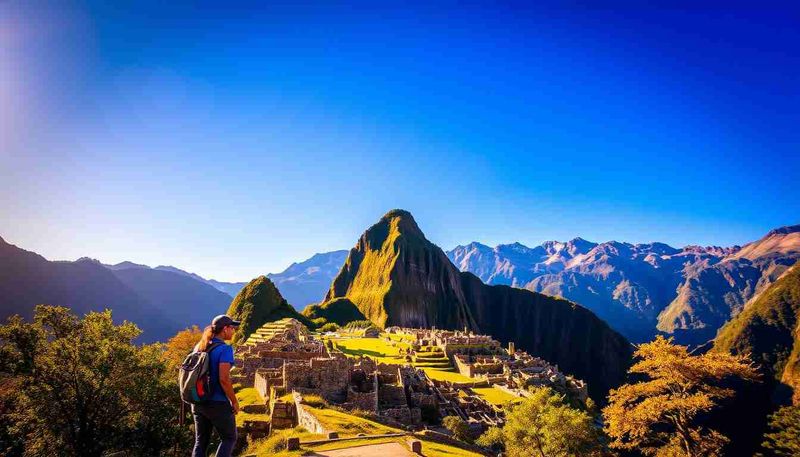
Peru’s Machu Picchu, a UNESCO World Heritage site, faces threats from its popularity. The government has regulated visitor numbers and implemented time-slot tickets to minimize impact on this ancient marvel.
These measures ensure that the site’s historical significance and natural beauty are preserved, allowing future generations to experience its wonder. Machu Picchu remains a testament to Inca ingenuity and resilience.
Interesting fact: Machu Picchu was rediscovered in 1911 by Hiram Bingham, and its exact original purpose remains a mystery, adding to its allure.
Kyoto, Japan

Kyoto, Japan’s cultural heart, is taking steps to manage its tourist influx. The city encourages visitors to explore respectfully and has implemented initiatives to protect its historic sites.
From limiting photography in certain areas to promoting lesser-known destinations, Kyoto aims to preserve its traditions and beauty. The city’s charm is deeply rooted in its history and craftsmanship.
Did you know? Kyoto was Japan’s capital for over a thousand years, leaving a legacy of stunning temples and gardens that continue to captivate visitors.
Reykjavik, Iceland
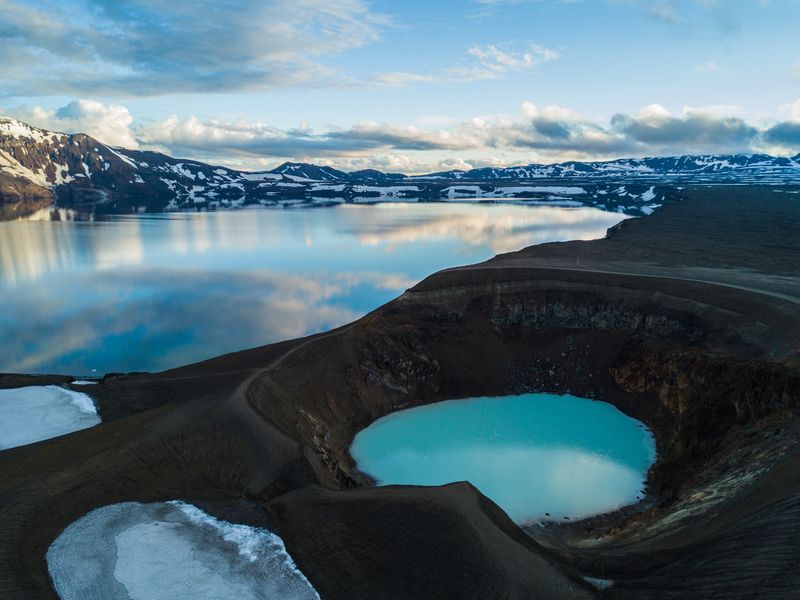
Iceland’s Reykjavik, surrounded by breathtaking nature, is a gateway to the country’s natural wonders. However, the government has taken steps to manage tourism to protect its fragile ecosystems.
Efforts include promoting sustainable travel practices and limiting access to certain areas. Iceland’s allure lies in its unspoiled landscapes and unique geology.
Fun fact: Iceland is home to more sheep than people, emphasizing its vast and open spaces that attract nature enthusiasts seeking tranquility and adventure.
Dubrovnik, Croatia
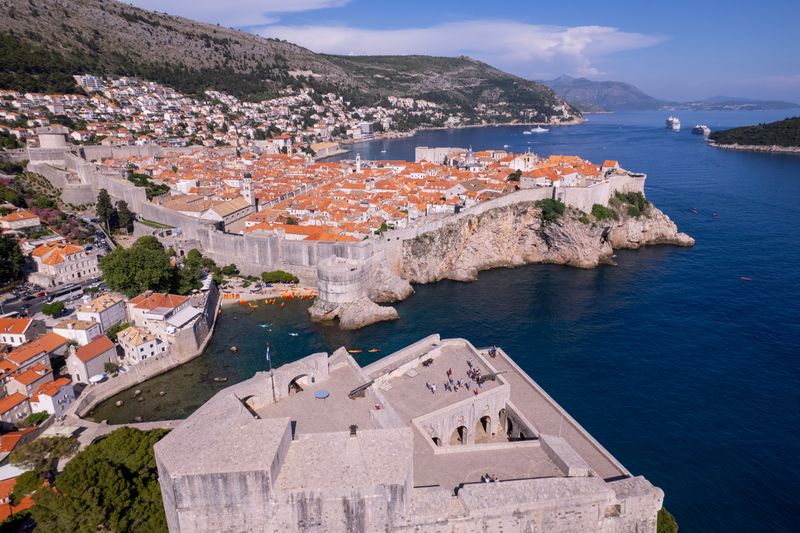
Dubrovnik, Croatia’s gem on the Adriatic, is known for its well-preserved medieval architecture. To combat over-tourism, the city has restricted cruise ship arrivals and visitor numbers.
These measures aim to protect its UNESCO-listed Old Town and maintain quality of life for residents. Dubrovnik’s timeless appeal continues to draw visitors seeking history and beauty.
Interesting tidbit: Dubrovnik was a key filming location for ‘Game of Thrones,’ adding a modern layer to its rich historical tapestry.
Cinque Terre, Italy
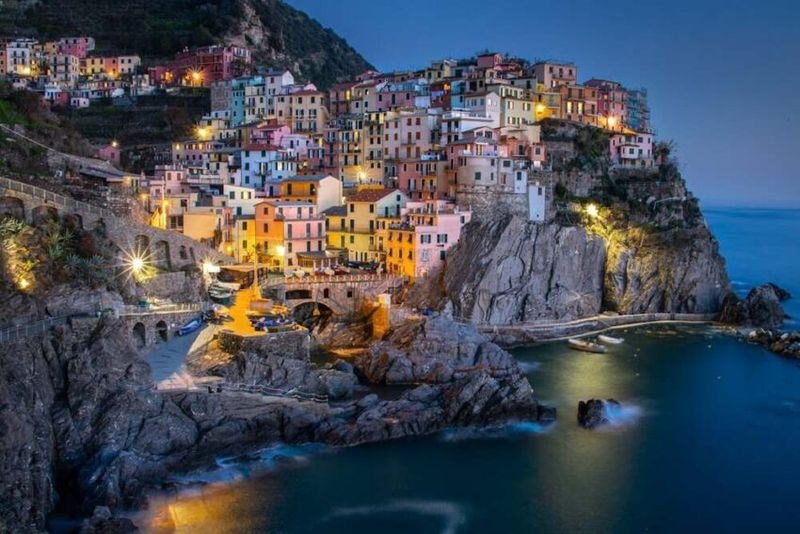
Italy’s Cinque Terre, a cluster of picturesque villages clinging to cliffs, has faced the challenges of over-tourism. The region has implemented measures to regulate visitor numbers and preserve its delicate landscape.
These actions are designed to safeguard its natural beauty and unique character, ensuring that Cinque Terre remains a treasured destination for years to come.
Did you know? The name ‘Cinque Terre’ translates to ‘Five Lands,’ referring to the five villages that make up this stunning UNESCO World Heritage site.
Maya Bay, Thailand
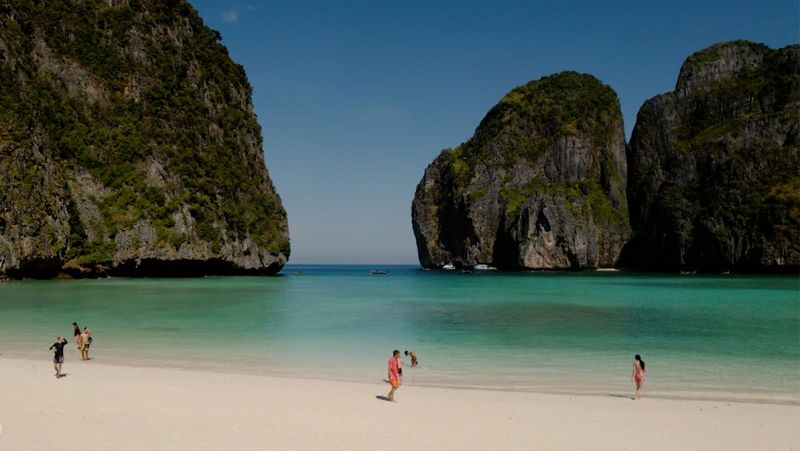
Thailand’s Maya Bay, made famous by the film ‘The Beach,’ has closed to tourists to allow its ecosystem to recover. The decision reflects the country’s commitment to environmental conservation and sustainable tourism.
During the closure, efforts to restore coral reefs and marine life have been underway. Maya Bay’s natural beauty remains a symbol of Thailand’s dedication to preserving its environmental treasures.
Fun fact: Maya Bay is part of the Hat Noppharat Thara-Mu Ko Phi Phi National Park, emphasizing its ecological significance.
Mount Everest, Nepal

Mount Everest, Earth’s highest peak, draws adventurers worldwide. However, the Nepalese government has taken steps to regulate climbing permits and manage waste disposal.
These efforts aim to preserve the mountain’s natural environment and ensure climbers’ safety. Everest’s allure as the ultimate mountaineering challenge remains undiminished.
Interesting fact: The first successful ascent of Mount Everest was in 1953 by Sir Edmund Hillary and Tenzing Norgay, marking a historic achievement in human exploration.
Barcelona, Spain

Barcelona, a cultural hub known for its Gaudí architecture, has faced challenges from tourism saturation. The city has implemented measures to regulate Airbnb rentals and reduce tourist numbers in certain areas.
These steps aim to alleviate pressure on local infrastructure and ensure residents maintain their quality of life. Barcelona’s vibrant culture remains its heart, and the city strives to balance welcoming visitors with preserving its essence.
Did you know? Barcelona’s iconic Sagrada Família has been under construction since 1882 and continues to be a focal point of the city’s identity.
Antarctica
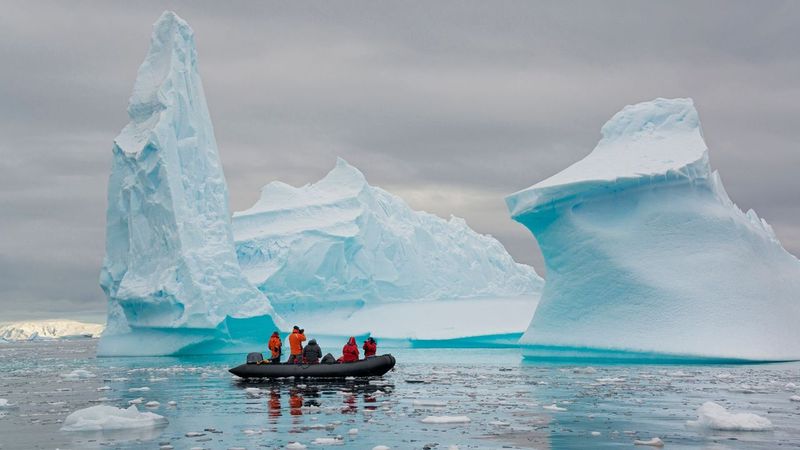
Antarctica, Earth’s southernmost continent, is a place of unparalleled beauty and fragility. With increasing interest from tourists, countries governing the region have implemented strict regulations on visits.
These measures aim to protect its unique ecosystems and scientific research efforts. Antarctica remains a frontier of exploration and conservation.
Did you know? Antarctica is the coldest, windiest, and driest continent, with conditions so extreme that permanent human habitation is impossible, preserving its pristine environment.

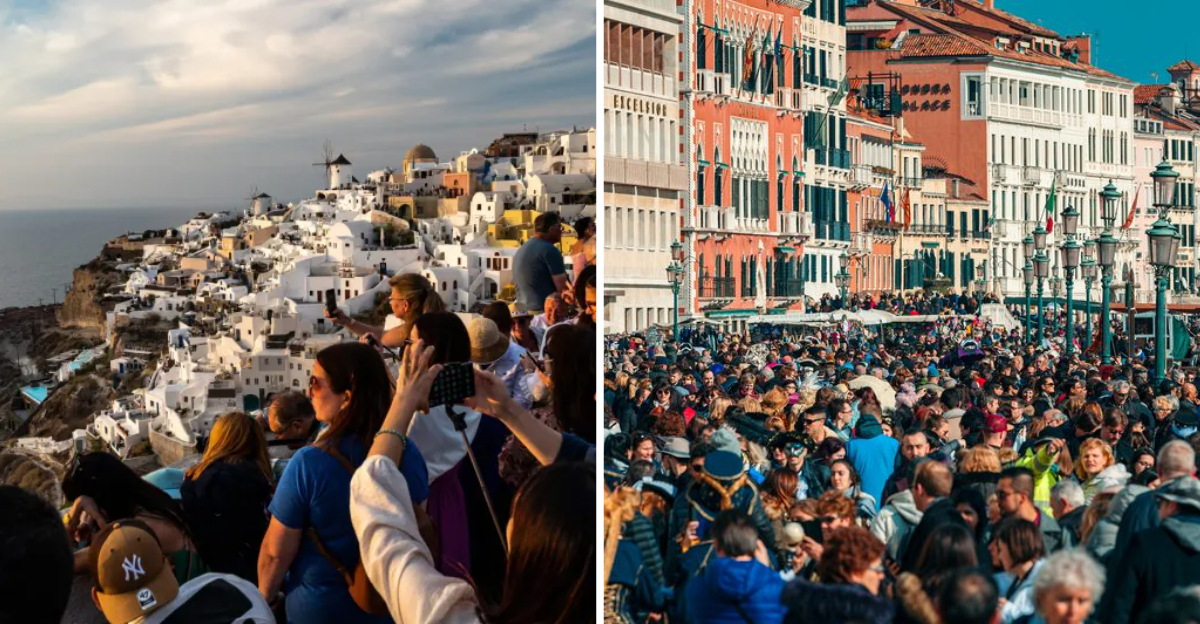
Leave a Reply